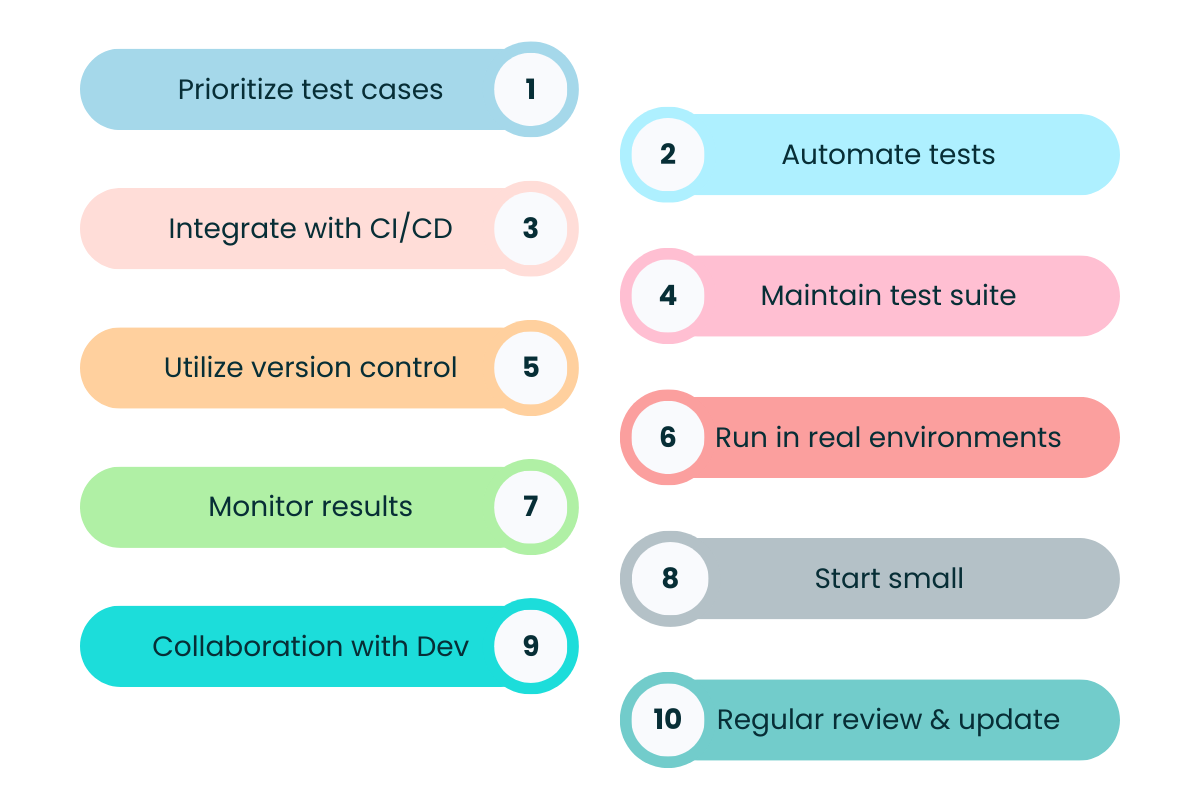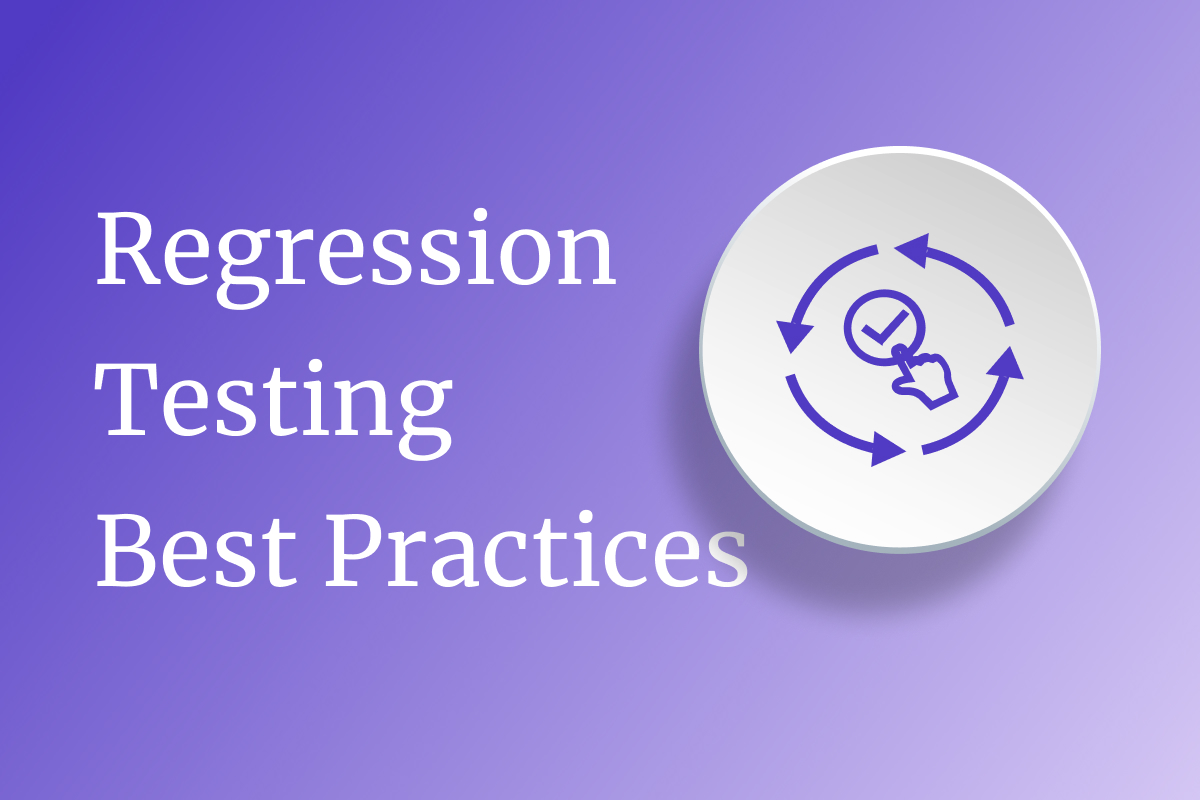In the fast-paced world of software development, frequent updates, feature additions, and bug fixes are inevitable. However, these changes can and may introduce new defects. That’s where regression testing comes in — ensuring new changes won’t break existing functionality. It’s a crucial step in maintaining software quality over time.
What is Regression Testing?
Regression testing is the process of re-running tests to ensure that a software’s existing features still work after any changes or updates. This is a vital part of software testing. These changes might include code modifications, bug fixes, feature updates, or other optimizations. Regression testing aims to verify that the new changes have not negatively impacted any existing functionalities.
By catching defects early, regression testing prevents issues from leaking into production, where they could disrupt user experience or business operations. This type of testing can be done manually or through automation, and it is usually integrated into the development cycle through continuous integration/continuous deployment (CI/CD) pipelines.
Why is Regression Testing Important?
Regression testing plays an essential role in maintaining the integrity of software as it evolves. When even a small change is made to the codebase, there is a risk that it could break another part of the system. Given how interconnected modern applications are, regression testing provides peace of mind that new changes won’t impact the system’s core functionalities.
Key benefits of regression testing include:
- Ensure that bug fixes or feature additions don’t introduce new issues.
- Validate system behavior across various configurations, devices, and environments.
- Improve the reliability of software, particularly in agile or iterative development cycles where updates happen frequently.
Now that we understand what regression testing is and why it’s essential, let’s dive into some best practices to optimize this process.

Best Practices for Regression Testing
1. Prioritize Test Cases
It’s crucial to know where to concentrate your efforts in regression testing. Not all tests are equally important. By identifying and prioritizing high-risk areas, like core business processes or frequently used customer features, you can greatly reduce the risk of defects. Some parts of the software are more critical than others, so regression testing should focus on areas where defects would have the most impact.
2. Automate Repetitive Tests
Manual testing can be time-consuming and repetitive, particularly when conducting regression tests on extensive projects. Automating repetitive regression test cases can save time and reduce the chance of human error. Automation tools such as Selenium and Katalon enable you to run large test batches with minimal human intervention, ensuring that frequent codebase changes are automatically tested.
3. Integrate Regression Testing with CI/CD Pipelines
Integrating regression testing with CI/CD pipelines is considered a best practice. In a CI/CD pipeline, automated tests are triggered every time code is checked into the repository. This process ensures that developers catch issues early and frequently, enabling faster feedback loops and maintaining a high-quality software product.
4. Maintain a Well-Organized Test Suite
An unorganized or outdated test suite can result in missed defects and inefficient testing. It is crucial to frequently review, update, and organize your test cases. Eliminate outdated tests and incorporate new ones as your software progresses. A well-structured test suite enables faster test execution and guarantees that the appropriate tests are conducted at the right time.
5. Utilize Version Control for Test Cases
Remember this: Using version control for your test cases ensures that any changes to the tests themselves are tracked and managed efficiently. This practice makes it easier for teams to collaborate on tests, roll back to previous versions if needed, and ensure that the test suite is always up to date with the latest development.
6. Run Tests in Realistic Environments
It’s important to conduct regression testing in environments that closely resemble production. This involves testing on actual devices and across various browsers and operating systems. Tools such as BrowserStack offer access to a range of devices and platforms, guaranteeing that your tests replicate real-world scenarios.
7. Monitor and Measure Test Effectiveness
After running your tests, it is crucial to monitor the results and measure their effectiveness. Metrics such as test pass/fail rates, defect density, and test execution times can provide valuable insights into the health of your testing process. By analyzing these results, you can identify weak points in your test coverage and make adjustments to your testing strategy.
8. Start Small with Selective Testing
In some situations, it is unnecessary and time-consuming to test the entire system. A more efficient approach could be selective regression testing, where you only test the parts of the application that are likely to be affected by recent changes. This approach can speed up the testing process significantly while still ensuring high test coverage.
9. Collaborate with Developers
A close collaboration between testers and developers ensures a thorough understanding of code changes and their potential impacts. This collaboration aids in creating effective regression test cases, reducing the risk of missed issues, and expediting defect resolution.
10. Review and Update Test Cases Regularly
As your application evolves, your test cases should evolve as well. Regularly reviewing and updating your regression test cases ensures their relevance and effectiveness. This practice helps avoid redundant tests and ensures that all critical functionalities are adequately tested.
Summary
Regression testing is critical in the software development lifecycle, ensuring that new changes or updates do not break the existing system. By following best practices such as automating tests, integrating them into CI/CD pipelines, prioritizing high-risk areas, and maintaining an organized test suite, you can streamline the regression testing process and deliver a more reliable product. With careful planning, collaboration, and monitoring, regression testing can be an efficient tool to maintain quality and confidence in your software releases.
ContactContact
Stay in touch with Us


